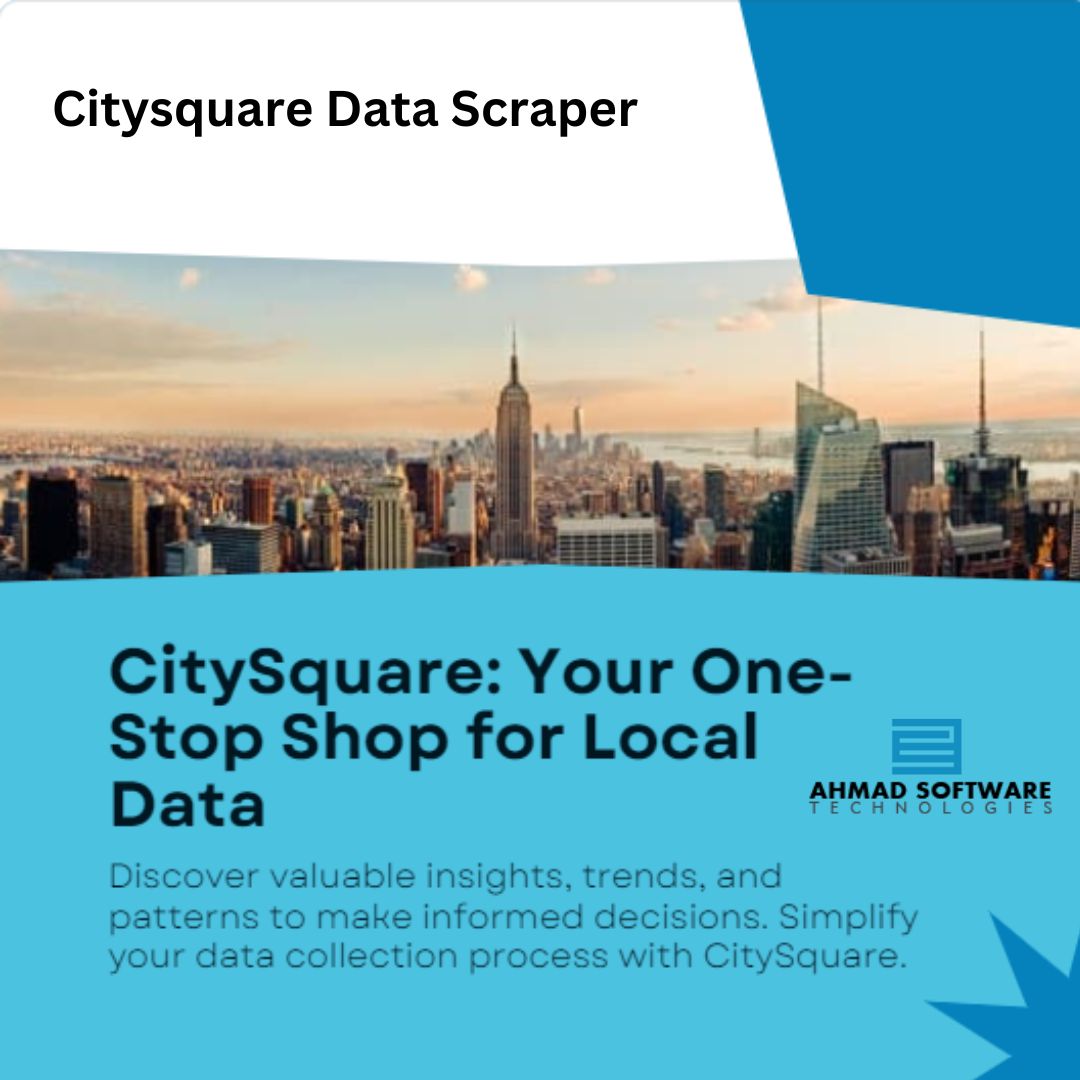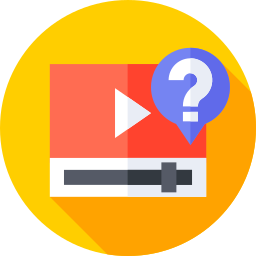Understanding Citysquare
Citysquare serves as a centralized hub for urban data, housing a wealth of information ranging from infrastructure details, land usage, population demographics, to transportation networks. This platform acts as a catalyst for understanding the dynamics of a city, offering valuable insights for city planners, researchers, and policymakers.What Is Citysquare Data Extractor?
The CitySquare Data Scraper is a powerful tool that enables us to systematically extract data from citysquares.com. With its intuitive interface and advanced features, it equips us with the ability to streamline the process of data extraction. By inputting our desired search criteria and defining the parameters, we can refine our search and obtain precisely the data we require. The CitySquare Data Scraper becomes our virtual shovel, allowing us to collect valuable information effortlessly.Importance of Data Extraction Citysquare
Extracting data from Citysquare is pivotal for several reasons:Urban Planning Insights:
Extracted data facilitates a deeper understanding of a city's infrastructure, zoning regulations, and land usage patterns, aiding in effective urban planning and development initiatives.Demographic Analysis:
Demographic data extracted from Citysquare helps in understanding population distribution, density, and trends, assisting in resource allocation and service planning.Infrastructure Development:
Extracted information about utilities, transportation networks, and public amenities assists in assessing existing infrastructure and identifying areas for improvement or expansion.
Steps for Data Extraction From Citysquare
1. Familiarize with Citysquare:
Understand the structure of Citysquare and the categories of data available. Navigate through the platform to comprehend the information layout and sections.
2. Utilizing Data Extraction Tools:
Employ data extraction tools or scripts designed to scrape information from Citysquare. These lead scraping tools automate the process, extracting relevant data points such as infrastructure details, demographics, or land usage statistics.
3. Specify Required Data:
Determine the specific data points needed for analysis or planning purposes. This could include information on transportation networks, zoning regulations, population demographics, or any other relevant urban data.
4. Extracting Data:
Utilize the data extraction tool to navigate through Citysquare, extracting the required data points. These tools often organize data into structured formats like CSV or Excel for easier analysis.
Ethical Considerations
While data extraction from Citysquare unlocks invaluable insights, it's crucial to prioritize ethical considerations:Adhere to Terms of Use:
Respect Citysquare's terms of use and guidelines regarding data access and usage. Ensure compliance with any limitations imposed by the platform.Responsible Usage:
Utilize the extracted data ethically, refraining from misuse or unauthorized distribution of information.Privacy and Security:
Ensure that extracted data doesn’t contain sensitive or personally identifiable information that could compromise privacy or security.Benefits of Extracted Data From Citysquare.com
The data extracted from Citysquare offers multifaceted advantages:Urban Development Planning:
Analyze data to plan and optimize urban infrastructure, transportation systems, and public services for enhanced livability.Policy Formulation:
Utilize demographic and land usage data to formulate policies and regulations that align with the city's growth and development goals.Resource Allocation:
Informed decisions on resource allocation based on extracted data, ensuring efficient use of funds and resources for city development initiatives.Conclusion
The CitySquare Data Scraper plays a pivotal role in unlocking valuable insights crucial for urban development and planning. However, it’s imperative to approach data extraction ethically, adhering to platform terms of use, user privacy, and legal regulations.By leveraging extracted data responsibly, city planners, researchers, and policymakers can harness the power of information to shape sustainable and vibrant urban landscapes, contributing to the betterment of cities and their inhabitants.
How to use the software










